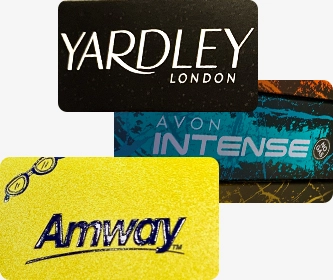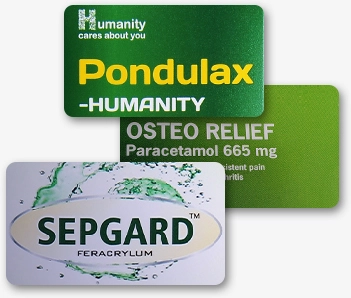UV Printing – An Emerging Technology in Packaging and Printing Industry
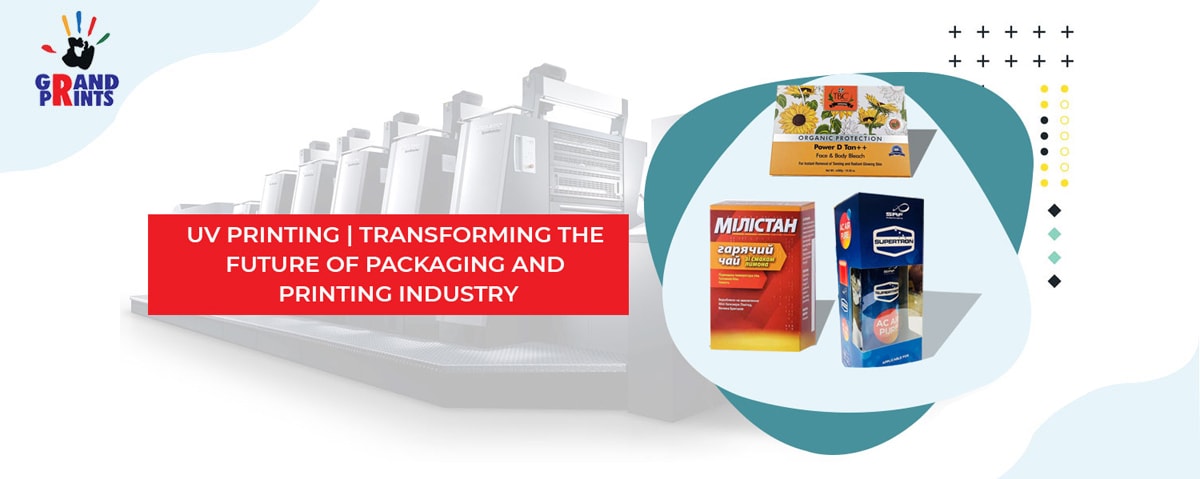
As the technology standards continue to advance at a rapid pace, many of us assume that the printing world has been left way behind, especially with the rise of social media. But still printing has a long way to go as technology is fueling it and not letting this industry to sit pretty.
Printing in the UK alone had a turnover of £13.8 billion in 2016 while in India it was around 11 billion in 2017. With the constant upside shift in usage, printing is everywhere, from roadside banners to books and brochures, hence printing is still used to deliver or convey the messages all around the world. Amongst various other techniques, Ultra-Violet (UV) printing has quietly emerged as one of the most popular printing techniques that more and more businesses are adapting to stand out of their competition. So, can we say that it is the future of the packaging and printing industry?
This technology is a growing trend in the print industry that has replaced the traditional screen and pad printing. The major difference between the two is that the UV ink is processed using a photo-mechanical process that evaporates out of the solvent. The photo-mechanical process eliminates Volatile Organic Compounds (VOCs). Also, printing with UV technology allows printers to work in a safer and cleaner environment due to zero-emission of solvents in the atmosphere.
What is UV Printing?
UV printing is a type of digital printing that makes use of ultra-violet light to dry or cure the ink as it gets printed on the surface. As the printer goes on to distribute the ink on the surface of a material, the Ultraviolet lights follow close behind, “drying” or “curing” the ink instantly.
This technology offers direct printing capabilities onto a virtually limitless range of 3D media, allowing easy and quick product customization. This is one of the reasons why Ultra-violet printing finds its application in packaging solutions firms. The UV ink is printed directly onto the substrate and it gets exposed to UV light, it instantly turns to solid-state from the liquid.
Conventional Printing vs. Ultra-Violet Printing: How it works?
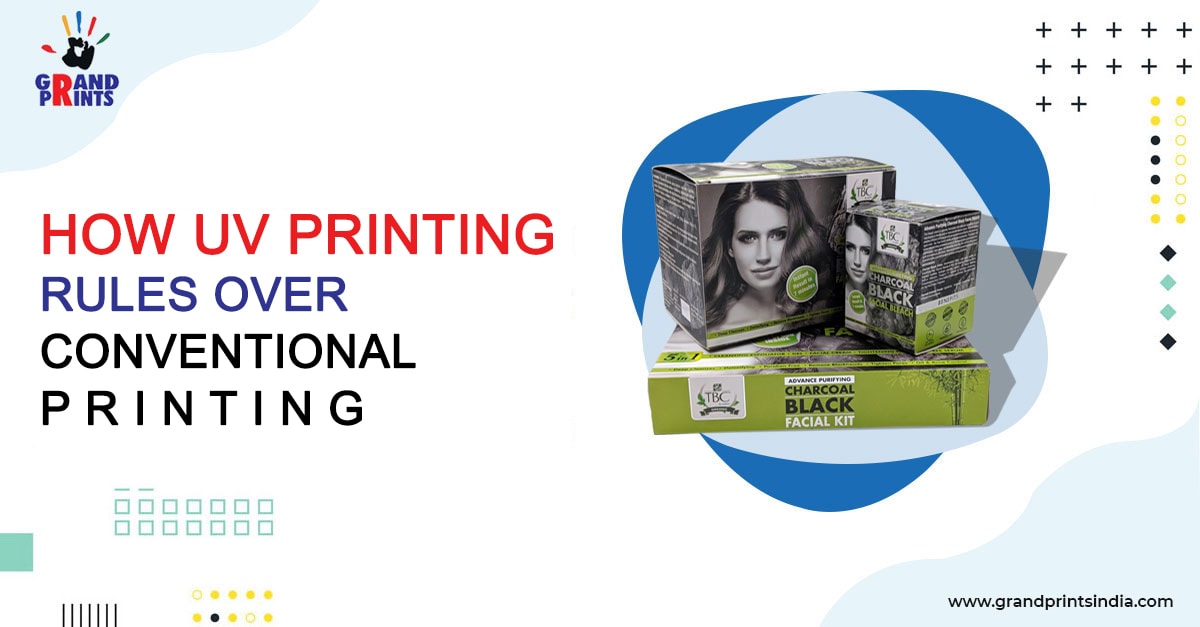
The conventional printing methods use inks having special solvents that evaporate in the air upon their application onto the material during the printing process. The evaporation of solvents facilitates the absorption of ink into the material, and once the solvents get evaporated, the ink dries up leaving a digital image. The process might require additional spray powders to aid drying. Moreover, this printing technique cannot be used on materials such as plastics, acrylics or foil.
UV Printing – An Emerging Technology in Packaging and Printing Industry What is UV Printing Conventional Printing vs. Ultra-Violet Printing: How it works? Ultra-Violet (UV) Printing – Procedure UV Printing in Pharmaceutical Industry UV Print Technology in Food Packaging Industry The Untold Benefits of UV Printing The Bottom Line Other Technologies of Printing and Packaging Industry UV printing is done using a UV LED printer that carries a series of quick processes to create a print. The ink is applied to the material and specially designed UV lights are emitted to dry the ink. The process is quick, and you get the digital image within a few seconds. The turnaround time in UV printing is superfast as the UV inks dry through photochemical processes. As the evaporation of solvents is minimal, almost no ink is absorbed on material stock.
Companies have been failed to utilize LED UV print technology. Picking up the right printing technology will help them find the difference between a true print and a random print done through conventional printing methods.
In this competitive world where you need to capture the viewers’ attention, using UV print technology can set you apart from other players in the industry, thanks to its benefits such as eco-friendliness, time- saving, superior print quality, consistency in printing, and flexibility.
The digital printing industry is going through significant transformations with new applications and technologies, providing customized and cost-effective solutions. With the booming world economy, increasing consumerism, entry of global brands and the need to market a product differently, UV printing technology is surely the future of the packaging and printing industry.
Ultra-Violet (UV) Printing – Procedure
UV printing uses ultra-violet lights to dry the ink as it is printed. The printer distributes the ink on the material’s surface and the UV lights follow from behind, drying the ink instantly. Ultra-violet printing is trending topic in the printing sector right now and is more sustainable than conventional printing.
This technology offers direct printing capabilities onto a virtually limitless range of 3-D media allowing quick and easy product customization. The UV ink gets printed directly onto the substrate (material) and when the ink gets exposed to UV light, it turns from liquid to solid state almost instantly. As there is a very little evaporation of the solvents and almost no absorption of the ink into the paper, you can print virtually on whatever stuff you want using UV inks.
As UV inks dry immediately and release no VOC’s into the environment, UV printing is considered a green technology, safe for environment and leaves negligible amount of carbon footprint.
LED UV Printing

Led-UV printing is the advanced version of the UV Printing technology generating the wavelength at a light spectrum of 385-395nm (nanometre). This light is safer than its counterpart. The results are by far effective as compared to traditional UV printing.
Printing with led UV is definitely a better deal in many ways. Firstly, unlike UV printing technique, led UV doesn’t need mercury lamps to cure the inks, so the absence of these makes it a safer and cheaper because the light emitted is in UV-A range and the same is secured than its counterpart. Secondly, the power consumption is lesser than the conventional UV printing.
LED UV printing provides a long-standing quality that every luxury business is aiming for. The consumers can get color enhancements on the final printed products with high-quality finishing that leaves a long-lasting impression on the buyer. The faster drying time gives a better turnaround time, making it a reliable printing technology for pharmaceutical and FMCG industries.
The best part is that LED-UV printing is eco-friendly and green technology as there is no VOC (Volatile Organic Compound) emission during the printing process. Companies need to spend less on infrastructure to sett up LED printing units. Moreover, the consumers get better quality product with glossy and shiny finish.
UV Printing in Pharmaceutical Industry
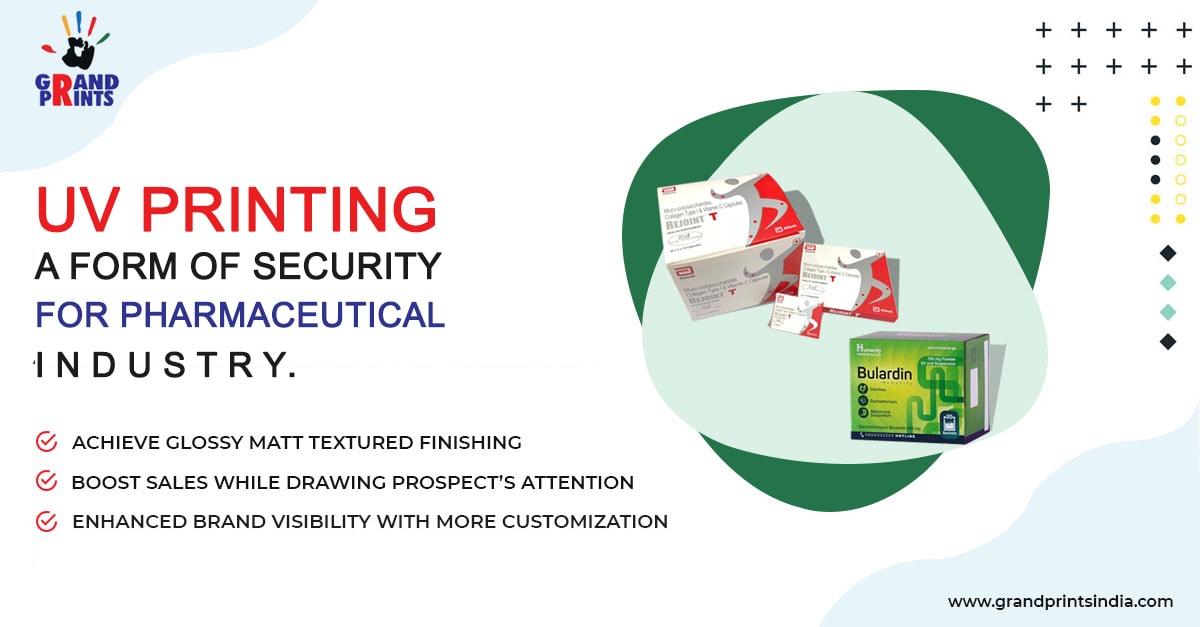
Not every label is the same. Different applications require different printing technology. Whether it is pharma, sports, food, durable, beverages, cosmetics or any other industry, every label comes with its own aesthetics. UV printing is a form of security printing that is widely used in pharmaceutical industry.
Pharmaceutical labels include drug and medical labels among others. They differ from any other label type in that they are often subject to counterfeiting and forgery. To protect such bad practices, UV printing is widely used in the pharmaceutical industry that can even be complemented with serialization.
Pharmaceutical printing uses invisible UV inks. It is one of the most successful techniques to prevent counterfeiting in the pharmaceutical industry. These inks are not visible through naked eyes but can be seen under the influence of Ultraviolet LEDs. The invisible UV inks give a unique identification to pharmaceutical products, thereby preventing forgery.
UV Print Technology in Food Packaging Industry
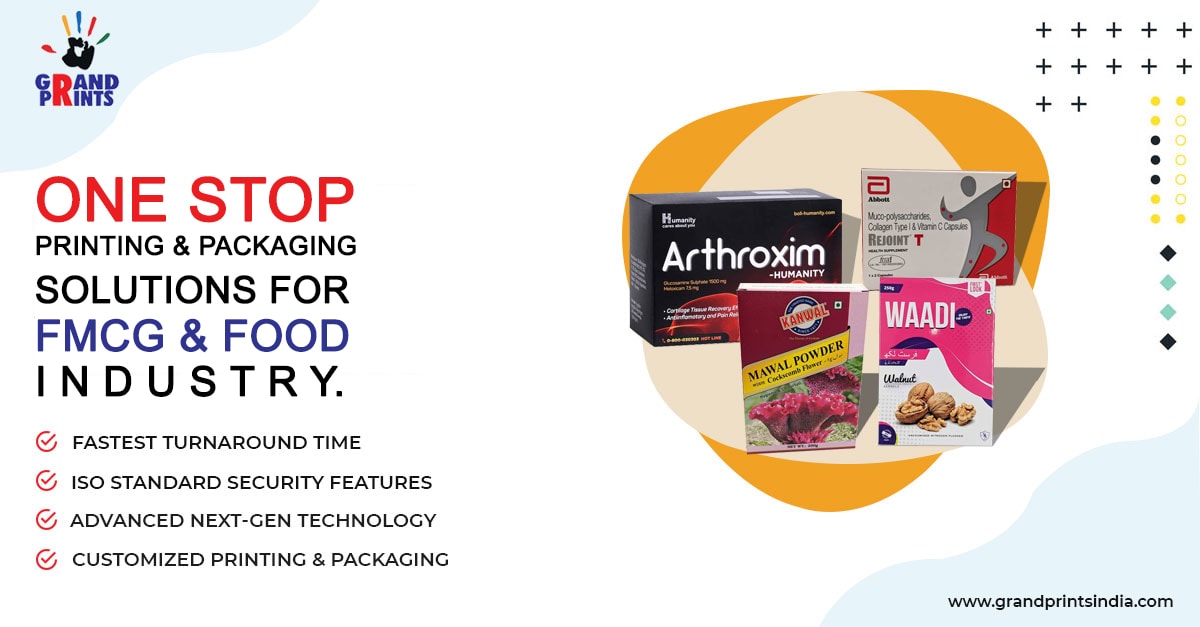
Product personalization is a big business globally and digital UV printing offers a great opportunity for you to meet this demand, increase product sales and stay competitive.
The conventional print methods were harmful as there were high chances of food getting contaminated when the ink substances get transferred to food items inside the packaging. These inks were never cured and there was always a risk of contamination. Also, the final packaging of the foods was not up to the mark.
UV printing in the food packaging industry has been really fruitful. UV inks get cured during the printing process leaving behind no harmful solvents that can contaminate the food inside the packaging. More and more food manufacturers across the globe have started using this technique for food packaging while maintaining high-quality standards when it comes to customized packaging of food items
The Untold Benefits of UV Printing
Undoubtedly, ultra-violet printing is the future of the printing and packaging industry. As suggested by Grand Prints, it is economical, ecological and offers business-generating benefits such as:
- Broader Scope of Print Applications: LEDs are cool to touch having a minimal heat output. This is why they have a broader scope of print applications. You can easily print on heat-sensitive substrates such as self-adhesive sheets, thin slides or stretched PVC materials.
- Quicker than Conventional Printing: UV printing is much faster than conventional printing. You don’t have to wait for the ink to dry as the UV ink dries during the photochemical process. It is almost instantaneous.
- Cost-Effective: You can save lots of money as it offers faster drying time. As the finished product dry faster, you can always print more at the desired time. Also, when packaging is printed using this technique, no aqueous coatings are required as in the case of conventional inks.
- Vibrant Finish: UV printing provides a more vibrant finish because the UV lights give no time to the ink to soak into the paper/material. Photo realistic printing is achievable using this technique.
The Bottom Line
UV printing is an industry trend. It will continue to rise in the coming years and will find its applications in more industries. The cost-effectiveness and Eco-friendliness along with its diverse nature, UV printing is surely the future of the packaging and printing industry.
Other Services
• Mono Carton Printing
• Hybrid Printing
•Security Printing
• Carton Packaging
• Met Pet Printing
• Consumer Durables
• Pharmaceutical Printing
• FMCG Printing
FAQs
How much does the UV printing costs?
As the UV printing is crisp, better, fade free and water resistant and dried up in few seconds only. It doesn’t need any other special coating which can be a bit expensive. So it saves time and money both.
Is UV printing harmful to environment?
In this Technology, UV rays dries up the ink just after the distribution over the paper or on any other material and does not get released in the environment, thus, it is called a green technology and considered a safe way of printing.
Is UV printing water proof?
It is not completely water proof but definitely water resistant as the composition of ink composed aqueous in it with pigment and dyed based colorants. After the inks impression the printed object simultaneously processed under strong UV rays drying it up instantly and make it water resistant.
Life of UV printing ink?
It is durable and has the longer life than the conventional printing. But it has some limitations as, there are many varieties such as UV offset inks, UV waterless inks, etc., present in the market and all have the different properties. So, it varies with its varieties.
How UV printing is better than conventional printing?
It is durable, faster, cost effective, dynamic (can be used on many substances) and its ability to create the crisp 3D print effect, makes it a way better option over conventional printing. Even more, this is a green technology and doesn’t get assimilated in the environment helping to eliminate the carbon footprints.
Is UV printing appropriate for food packaging?
Yes, the UV cured Inks are safe for the food packaging as it is a green technology.

